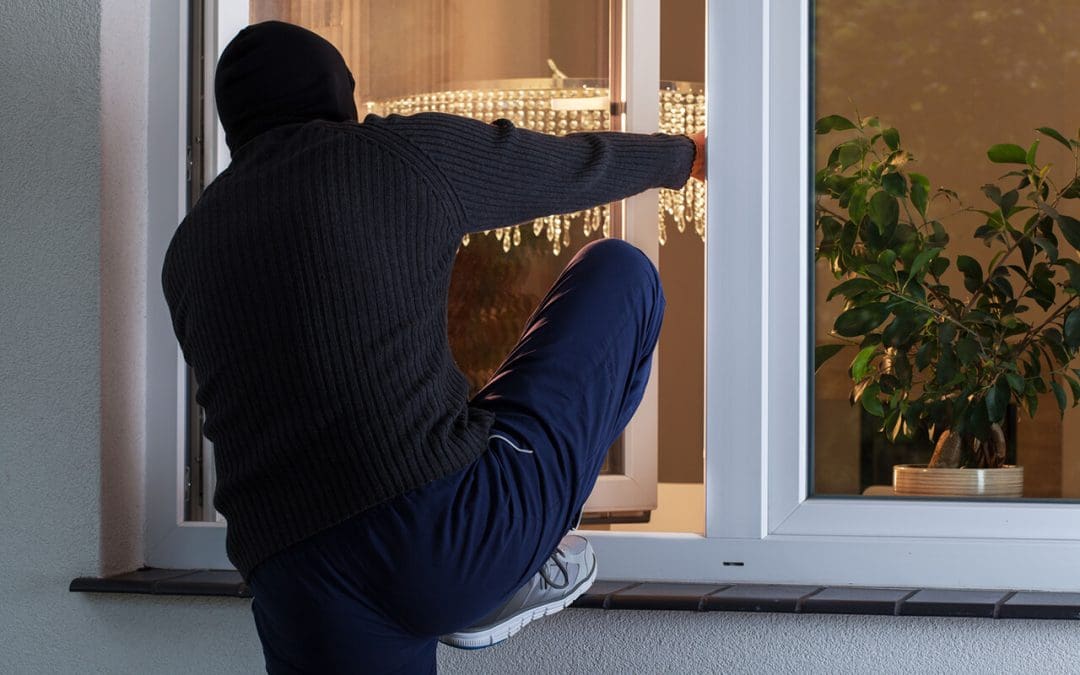Your home is your sanctuary, and guaranteeing security doesn’t have to be complicated or expensive. For many homeowners, considering comprehensive security makes them think of complex alarm systems and high monthly fees. The reality is that the most effective ways to keep your home safe often involve simple, smart habits and easy, low-cost physical upgrades. Focusing on deterrence and preparedness will significantly reduce your risk and gain peace of mind without a massive overhaul.
Deterrence Starts at the Door
The front door is the primary entry point for both welcome and unwelcome guests, making it the most critical focus when you want to keep your home safe. Start by evaluating your hardware. If you haven’t already, upgrade to a high-quality, heavy-duty deadbolt lock with at least a one-inch throw. It’s a small investment that offers a massive increase in security compared to a standard spring lock. Once the lock is done, address the strike plate, the metal piece attached to the door frame. Replace these with a commercial-grade, extended strike plate that uses three-inch screws driven directly into the structural stud of the door frame. This prevents the door from being easily kicked in.
Beyond the locks, please keep a well-lit entrance. Motion-sensor lights are a great deterrent, instantly exposing anyone approaching your home at night. Trimming large shrubs or trees near windows and doors also eliminates hiding spots. These simple physical changes are important steps to keep your home safe.
Smart Habits to Keep Your Home Safe
Your routine plays a huge role in protecting your property. Never leave keys hidden outside under a mat or a fake rock. Burglars know all the common spots. Instead, give a spare key to a trusted neighbor or family member. When you leave your home, even for a short time, always lock both the primary lock and the deadbolt. A significant number of break-ins occur through unlocked doors and windows.
If you are away for an extended period, make your house look occupied. Ask a neighbor to collect your mail and newspapers. Use simple timers on interior lights so they turn on and off at varying times, simulating activity. Avoid posting vacation dates and photos on social media until you are back home. Giving away your travel plans is an open invitation, so exercising digital caution is another valuable way to keep your home safe.
Protecting the Unexpected Entry Points
While doors are obvious, burglars often look for easier, less-expected access points. Focusing on windows and garage doors is crucial for comprehensive protection. Basement and first-floor windows are particularly vulnerable. Use secondary locks or window pins that prevent a window from being opened more than a few inches. For sliding glass doors, place a piece of dowel or a broomstick in the track to prevent the door from being slid open, even if the primary lock is compromised.
The garage is often an overlooked security weakness. Many people leave their main house door leading into the garage unlocked, assuming the garage door itself is enough protection. Always lock this interior door. Furthermore, if your garage door opener has an external keypad, change the code periodically, and never leave expensive tools or valuables visible from the street. By securing these secondary access points, you create layers of defense that work together to keep your home safe and protected.
Cover All Home Inspections offers home inspection services in Indiana. Contact us to schedule our services today.
